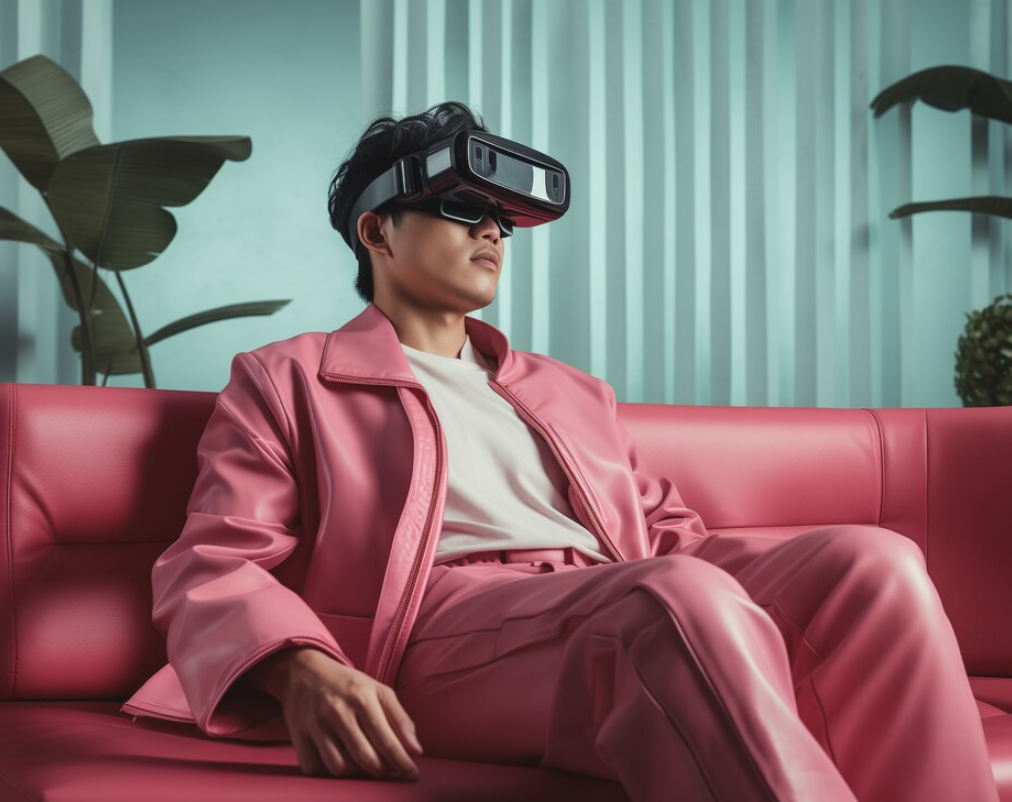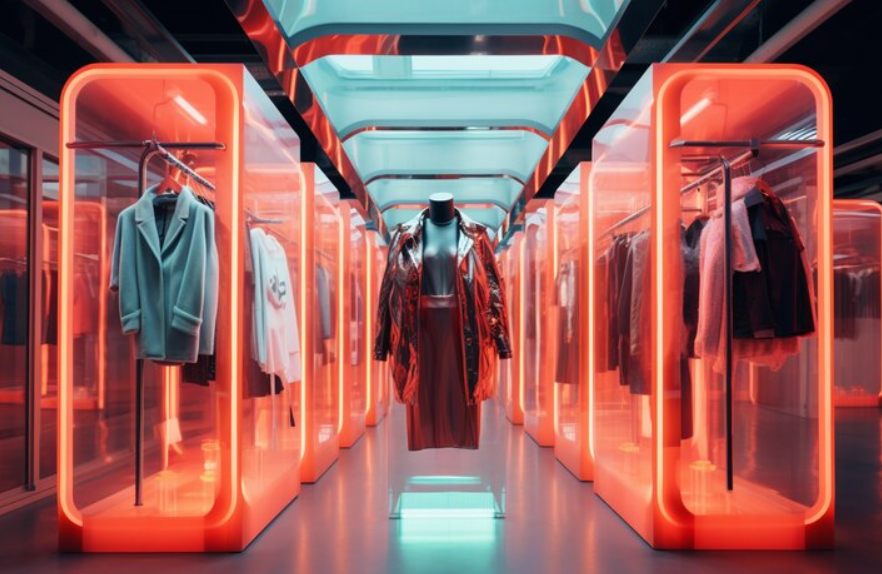Introduction
The concept of the metaverse has gained significant attention in recent years, particularly with advancements in technology and the increasing integration of virtual and augmented reality into our daily lives. One of the most fascinating aspects of the metaverse is its potential impact on various industries, including fashion. This article explores what the metaverse means for the world of new, expensive clothes, and how it is reshaping our understanding of fashion, commerce, and identity.
Understanding the Metaverse With Expensive Clothes
Definition and Scope
The metaverse is a collective virtual shared space, created by the convergence of virtually enhanced physical reality and physically persistent virtual reality. It encompasses a wide array of virtual worlds, augmented reality experiences, and the internet, allowing users to interact, socialize, and conduct business in a highly immersive environment.
Historical Context
The term “metaverse” was coined by Neal Stephenson in his 1992 science fiction novel Snow Crash. Since then, the concept has evolved from a theoretical idea to a tangible reality, driven by advancements in technology such as virtual reality (VR), augmented reality (AR), blockchain, and artificial intelligence (AI).

The Metaverse and Fashion
Virtual Fashion Shows
One of the most direct impacts of the metaverse on the fashion industry is the rise of virtual fashion shows. With restrictions on physical gatherings due to the global pandemic, fashion brands have turned to virtual platforms to showcase their latest collections. These digital runways allow designers to reach a global audience without the logistical challenges and costs associated with physical shows.
Digital Clothing
Digital clothing, also known as virtual or NFT (non-fungible token) fashion, is another emerging trend. These are garments that exist solely in the digital realm, designed for avatars or for digital content creation. Gucci, Balenciaga, and Louis Vuitton are among the brands that have initiated the exploration of digital fashion. They are now offering exclusive virtual ensembles that can be purchased and donned in the metaverse.
Personalization and Customization
The metaverse allows for a high degree of personalization and customization in fashion. Users can create and modify their digital avatars to reflect their personal style, experimenting with different looks without the limitations of physical garments. This level of customization extends to virtual clothing, where users can design their own outfits or modify existing ones to suit their tastes.
Commerce in the Metaverse
Virtual Marketplaces
The metaverse is home to numerous virtual marketplaces where users can buy and sell digital goods, including clothing. These marketplaces operate using blockchain technology, ensuring secure and transparent transactions. Platforms like Decentraland and The Sandbox have established themselves as popular destinations for virtual commerce.
Cryptocurrency and NFTs
Cryptocurrencies and NFTs play a crucial role in the metaverse economy. NFTs, unique digital assets verified using blockchain technology, have gained immense popularity in the fashion industry. They allow for the creation and ownership of one-of-a-kind digital garments, driving demand for exclusive and expensive virtual clothing.
Brand Collaborations and Sponsorships
Brands are increasingly collaborating with virtual platforms and influencers to reach new audiences in the metaverse. These partnerships often involve exclusive drops of virtual clothing, events, and experiences, creating buzz and engagement around the brand. For example, Nike’s collaboration with the online game Fortnite introduced limited-edition virtual sneakers, merging gaming culture with fashion.

The Social and Cultural Impact
Identity and Self-Expression
The metaverse provides a new frontier for identity and self-expression. Users can experiment with their digital personas, adopting styles and appearances that may differ significantly from their physical selves. This freedom of expression can lead to greater creativity and innovation in fashion, as individuals explore new ways to represent themselves.
Inclusivity and Accessibility
Virtual fashion can also promote inclusivity and accessibility. Digital clothes don’t have any physical limits, so they can be worn by people with a bigger range of body types, abilities, and identities. This can lead to a more inclusive fashion industry, where everyone has the opportunity to express themselves through their virtual wardrobe.
Environmental Considerations
The production of digital clothing has a significantly lower environmental impact compared to physical garments. There is no need for raw materials, manufacturing processes, or transportation, reducing the carbon footprint associated with fashion. As sustainability becomes an increasingly important issue, virtual fashion offers a promising alternative to traditional clothing.

Challenges and Considerations
Digital Ownership and Rights
The concept of digital ownership and rights is still evolving. Ensuring that creators and consumers have clear and enforceable rights over digital garments is essential for the growth of the virtual fashion industry. Blockchain technology offers a potential solution, but legal and regulatory frameworks need to be established.
Technological Limitations
While the metaverse holds immense potential, there are still technological limitations to overcome. High-quality VR and AR experiences require advanced hardware and software, which may not be accessible to everyone. Bridging this digital divide is crucial for the widespread adoption of virtual fashion.
Expensive Clothes: Privacy and Security
As with any online platform, privacy and security are major concerns in the metaverse. Ensuring that users’ data and virtual assets are protected from breaches and fraud is essential for maintaining trust and confidence in virtual commerce.
The Future of Fashion in the Metaverse
Integration with Physical Fashion
The future of fashion likely lies in the seamless integration of physical and digital experiences. Hybrid fashion shows, where physical garments are complemented by virtual counterparts, and the use of AR to enhance physical clothing are just a few possibilities. This convergence will create new opportunities for brands and consumers alike.
Continuous Innovation
The metaverse is still in its early stages, and continuous innovation will shape its development. Advances in AI, VR, AR, and blockchain will unlock new possibilities for virtual fashion, driving creativity and transforming the industry in ways we can only begin to imagine.
What the Metaverse Means for New, Expensive Clothes?
The metaverse is redefining the concept of fashion and luxury. New, expensive clothes are no longer confined to physical fabrics and runways. Instead, they inhabit a digital realm where creativity knows no bounds, and the possibilities for self-expression are endless. As technology continues to evolve, the intersection of fashion and the metaverse will offer exciting opportunities for designers, brands, and consumers, shaping the future of style in ways that are both innovative and inclusive.
Conclusion
The metaverse represents a bold new frontier for the fashion industry, offering unparalleled opportunities for creativity, commerce, and self-expression. By embracing virtual fashion and the digital economy, brands and consumers alike can explore new dimensions of style and luxury. As we continue to navigate this evolving landscape, the metaverse will undoubtedly play a pivotal role in defining the future of fashion.
